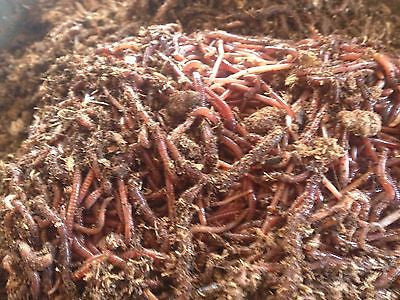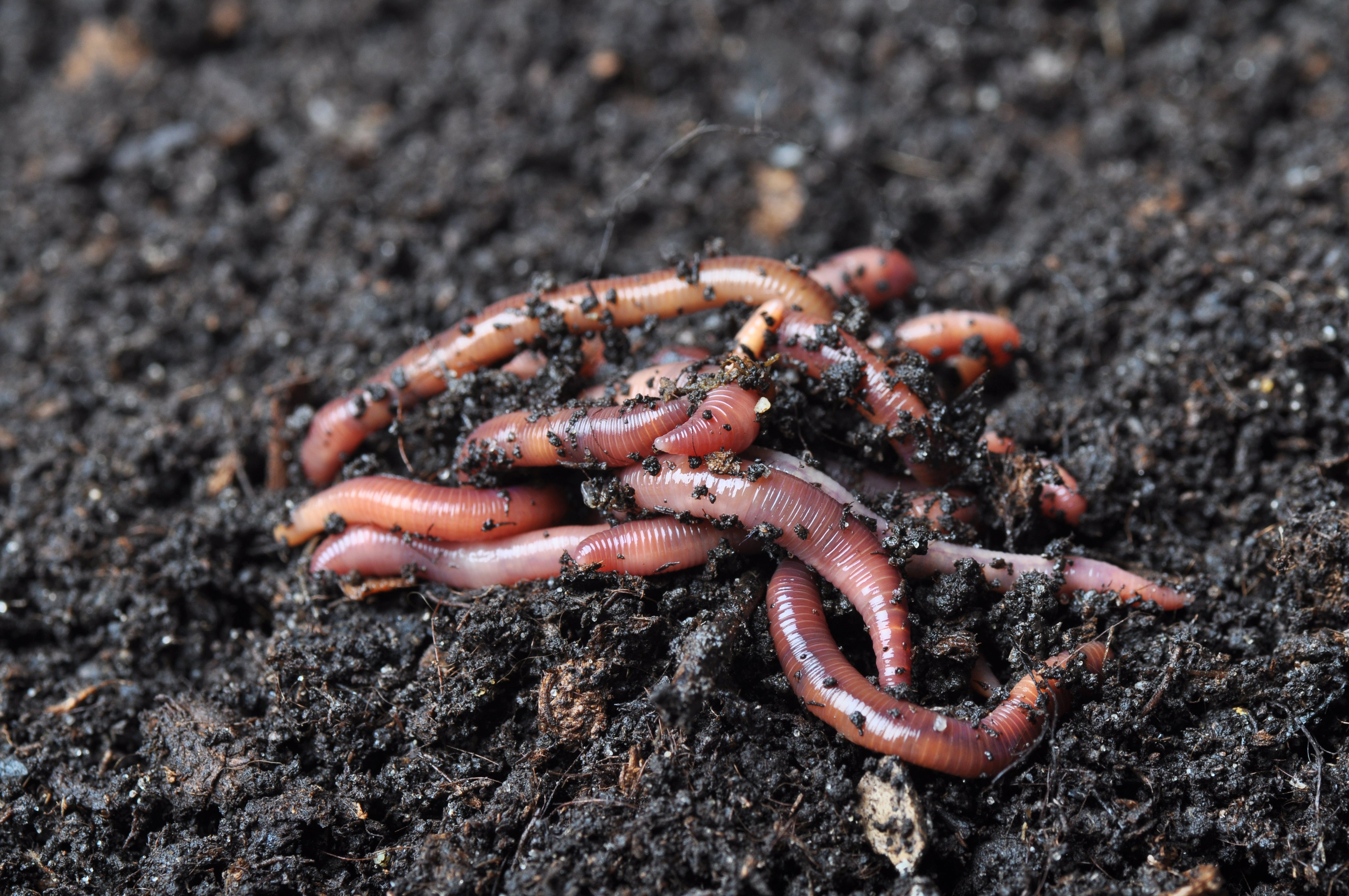Every Little Thing You Required to Find Out About Red Wigglers for Composting
Red wigglers, or Eisenia fetida, play a crucial function in the world of composting, transforming organic waste into beneficial dirt changes. The process of establishing up a worm container and preserving it can posture difficulties.
What Are Red Wigglers?

Belonging To North America, red wigglers are surface-dwelling microorganisms that prefer damp, cozy habitats abundant in decomposing raw material. Their diet is composed primarily of decaying plant product, food scraps, and various other organic particles, which they eat and damage down effectively. As they digest this product, they create nutrient-rich castings that boost dirt fertility.
Red wigglers are hermaphroditic, possessing both male and women reproductive organs, and can replicate quickly under ideal problems. Overall, red wigglers are important factors to the process of recycling natural waste right into important garden compost.
Advantages of Making Use Of Red Wigglers
Using red wigglers in composting systems provides various advantages that improve both the performance of waste management and the high quality of the resulting garden compost. These worms, medically known as Eisenia fetida, are especially efficient at breaking down natural matter, transforming kitchen area scraps and yard waste into nutrient-rich garden compost at an accelerated rate.
One of the main benefits of utilizing red wigglers is their capacity to eat large quantities of organic material, commonly processing their weight in food waste daily. This high intake price results in much faster decay and decreases the quantity of waste sent out to land fills. The spreadings produced by red wigglers are rich in important nutrients, beneficial bacteria, and enzymes, making them an excellent fertilizer for gardens and plants.
Additionally, red wigglers thrive in a range of settings, making them adaptable for both indoor and outdoor composting systems - red wigglers. Their presence in a compost bin helps to aerate the product, protecting against smells and promoting a healthy composting procedure. On the whole, employing red wigglers not only adds to reliable waste management but additionally sustains sustainable gardening practices through the production of high-grade garden compost
Setting Up Your Worm Bin
To efficiently establish up a worm container, it is necessary to choose a suitable container that satisfies the demands of red wigglers while giving a conducive environment for composting. An appropriate bin can be made from plastic, timber, or steel, with an ability of a minimum of 1 square foot for every extra pound of worms.
Make certain the container has adequate drain holes to stop excess dampness, as red wigglers grow in a damp, however not water logged, setting. red wigglers. The container needs to additionally be ventilated to provide enough airflow, protecting against anaerobic conditions that could hurt the worms
An ideal location for the worm container is a cool, dark location, free from straight sunshine and severe temperature levels, as red wigglers like a temperature level variety of 55 to 77 degrees Fahrenheit.
Before introducing the worms, prepare bed linen products such as shredded paper, cardboard, or coconut coir, which will offer both habitat and food. Dampen the bed linens gently to produce a welcoming environment for the worms. Think about placing a cover on the container to preserve humidity and lower bugs, while ensuring it can be conveniently gotten rid of for maintenance.
Feeding and Treatment Standards
Feeding red wigglers is an important aspect of keeping a healthy composting system. These worms grow on a varied diet, mainly made up of organic materials such as vegetables and fruit scraps, coffee premises, and smashed eggshells. It is important to prevent feeding them meat, dairy products, and oily foods, as these can develop unpleasant odors and bring in pests.
When presenting food to Lake Rhodhiss Bait your worm container, cut or shred products right into smaller pieces to help with quicker decomposition. Begin with little quantities to determine the worms' intake rate, progressively raising the quantity as they adapt. It is recommended to alternative feeding areas within the container to motivate thorough mixing and oygenation of the compost.

Troubleshooting Common Issues
Preserving a thriving worm composting system can occasionally provide difficulties that require attention and troubleshooting. Typical concerns include an undesirable smell, which usually shows overfeeding or the visibility of anaerobic problems. To correct this, reduce the amount of food added and guarantee proper oygenation by mixing the bedding product.
An additional regular problem is the retreat of worms from the container. This can happen because of too much dampness or improper environmental conditions. On a regular basis check the moisture levels, going for a damp yet not soaked consistency, and maintain optimum temperatures in between 60-80 ° F(15-27 ° C )to develop a comfy environment for your red wigglers.
Pests, such as fruit flies, can likewise get into worm bins. red wigglers. To combat this, cover food scraps with a layer of bed linen or shredded paper to hinder flies from laying eggs. Furthermore, guarantee that any kind of food included is fresh and cost-free from mold and mildew, which can attract unwanted insects
Finally, if your worms seem non-active, examine for tension variables such as temperature fluctuations or insufficient wetness. Dealing with these typical issues will aid preserve a healthy and balanced and efficient worm composting system.
Final Thought
In summary, red wigglers, or Eisenia fetida, play an essential function in sustainable waste management with vermicomposting. Correct configuration and upkeep of a worm bin, along with adherence to feeding standards, ensure a flourishing ecological community that lessens landfill contributions.
Comments on “Garden-helper red wigglers: Best methods to keep them”